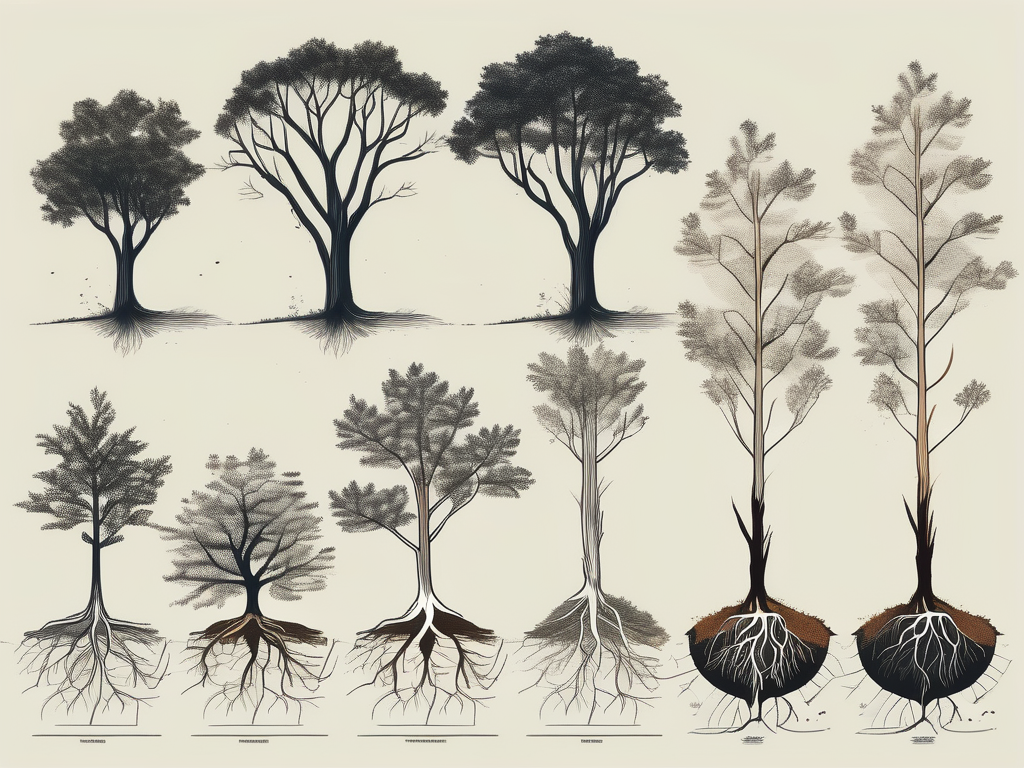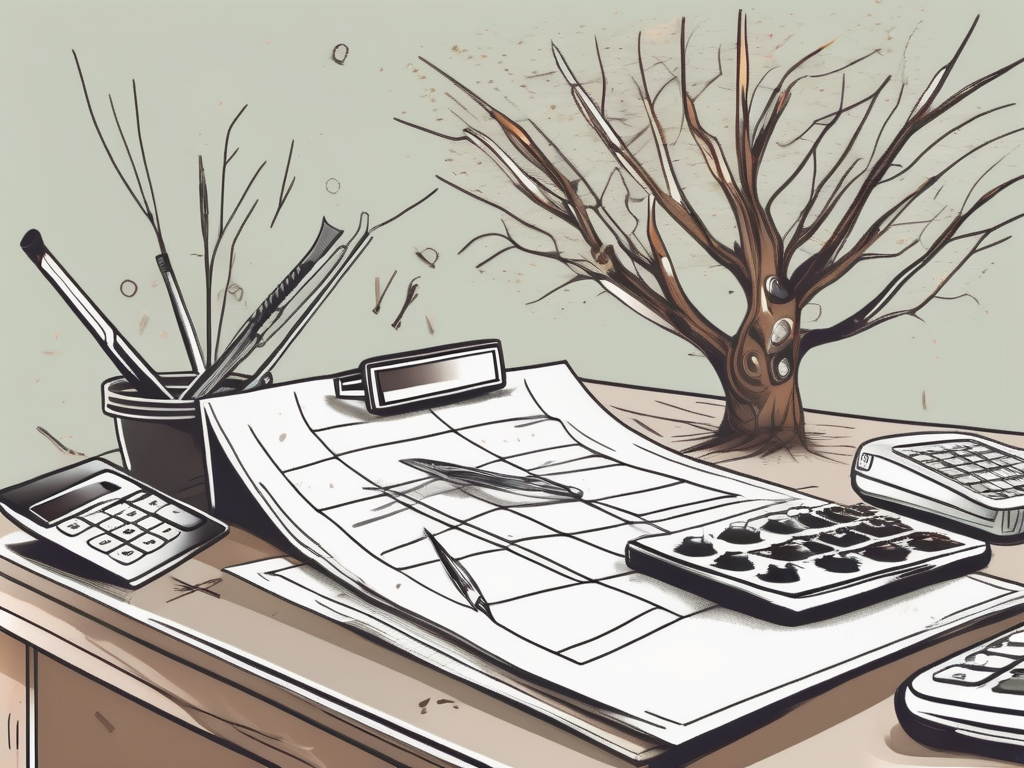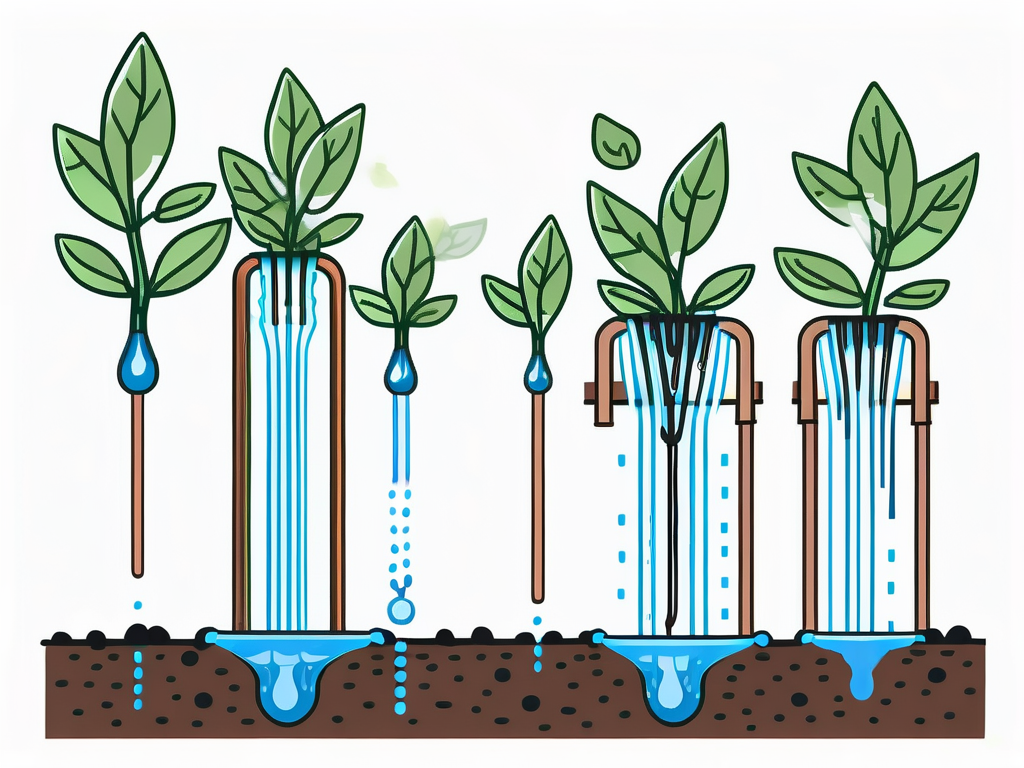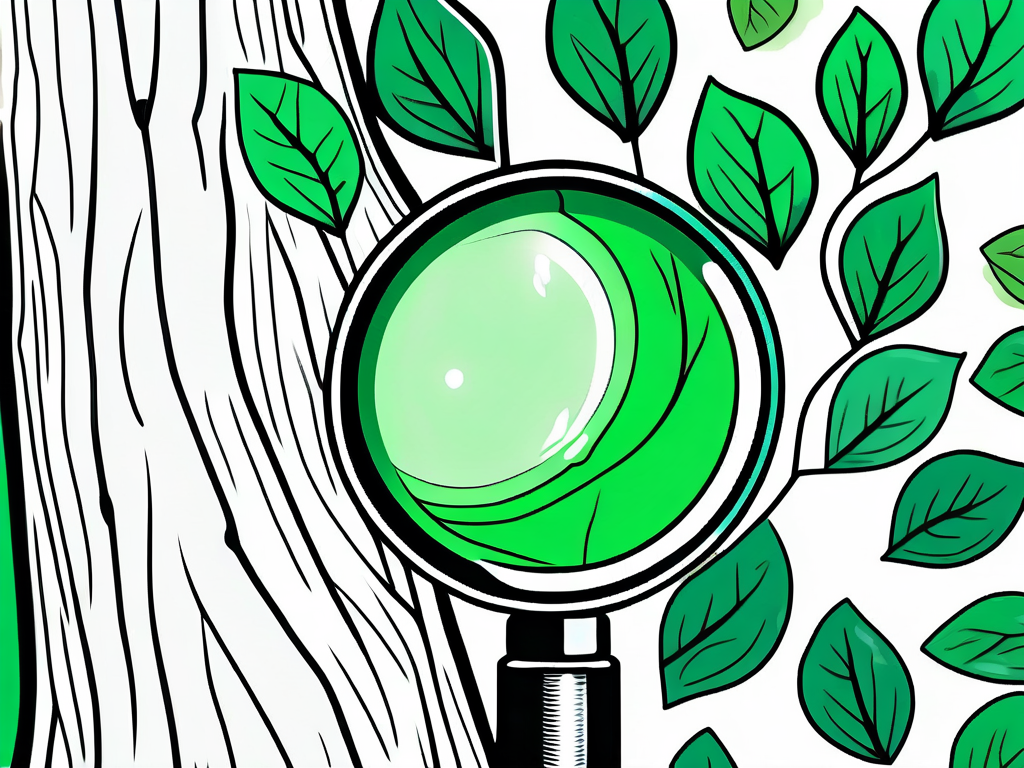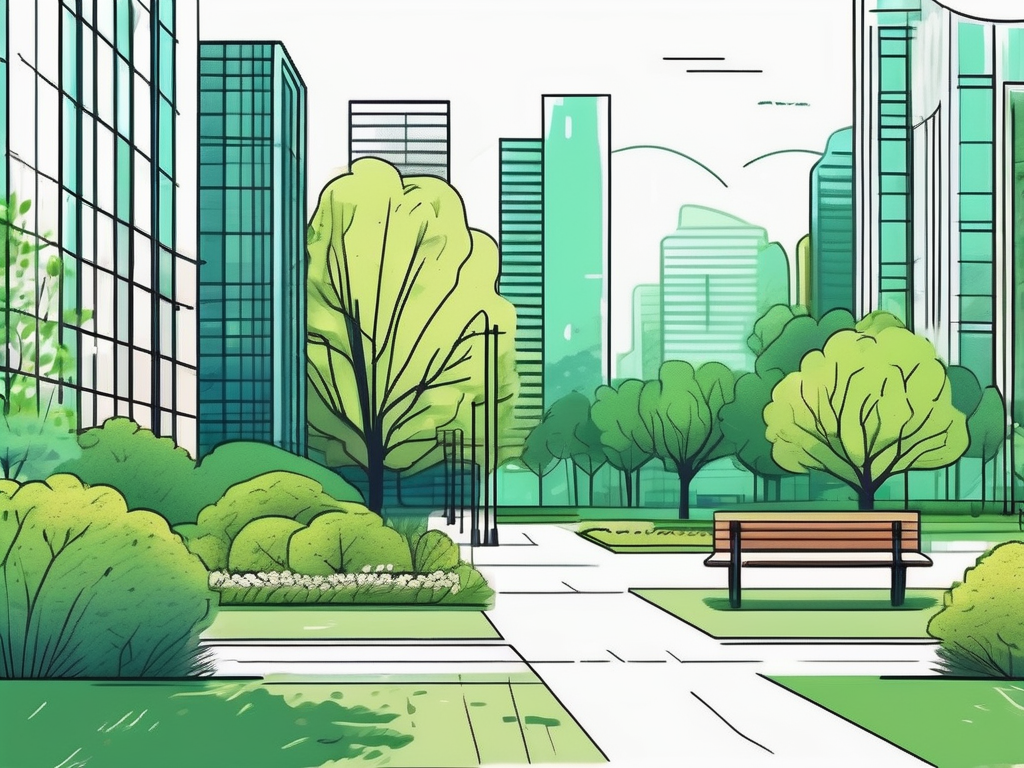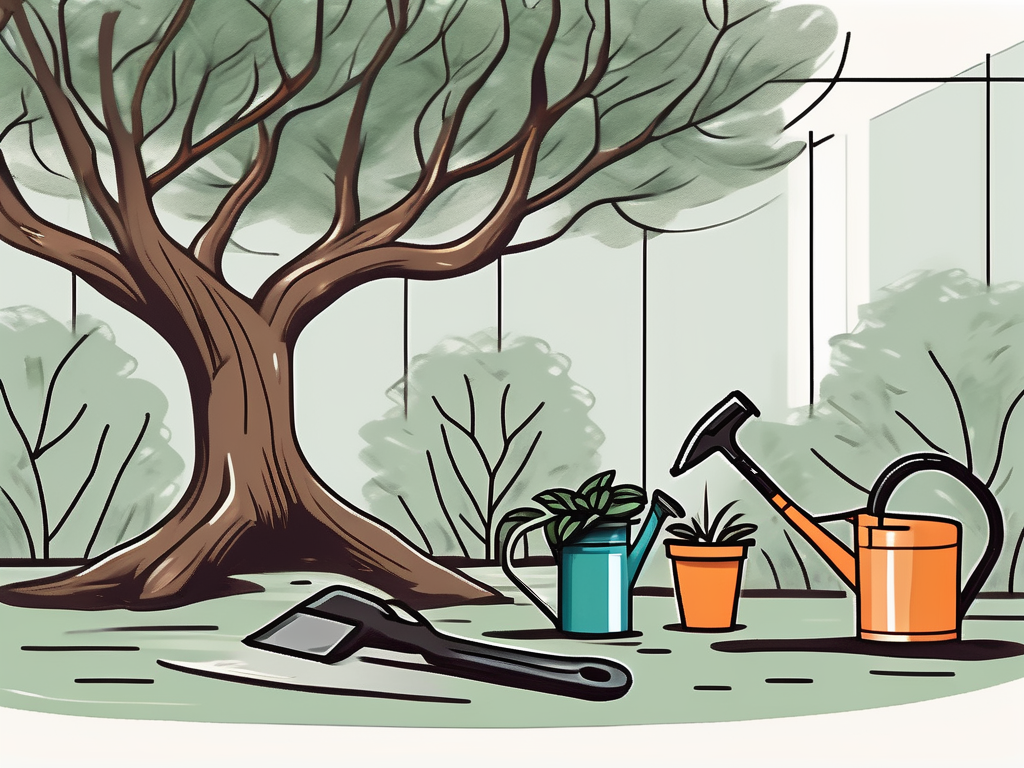Blog
Tree Care Resources for South Metro Atlanta Homeowners
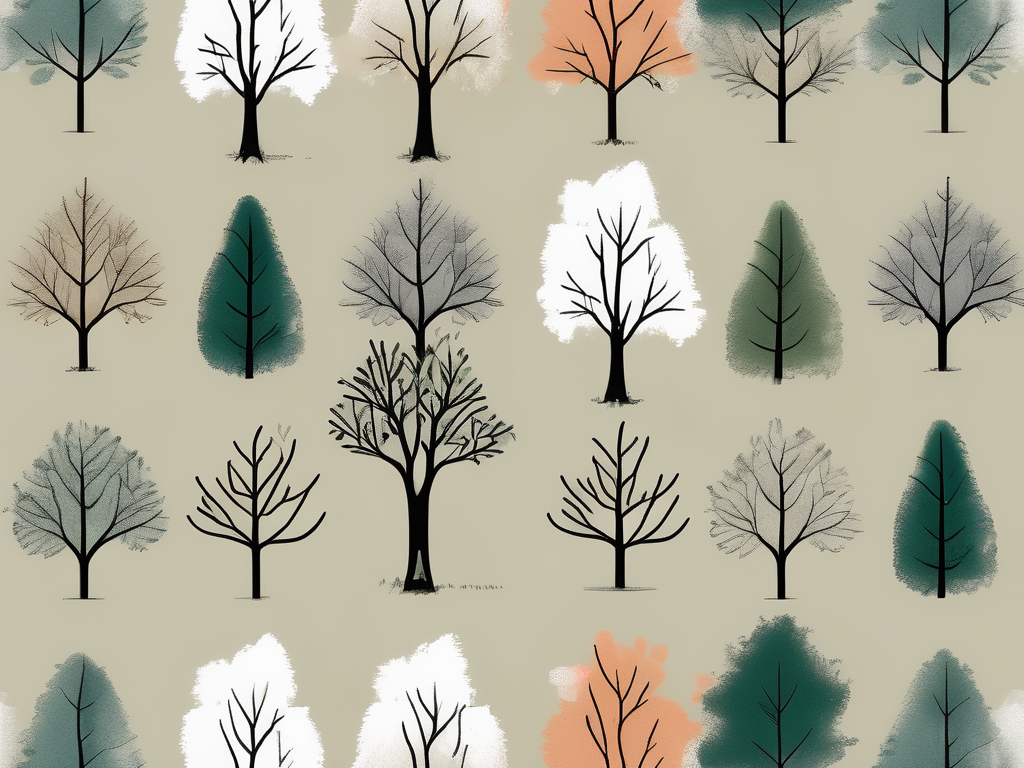
The Top 5 Tree Diseases in YOUR AREA: Prevention and Cure Trees are the lungs of our planet, providing us with oxygen, shade, and beauty. However, they are also susceptible to a variety of diseases that can affect their health and longevity. In this comprehensive guide, we will explore the top five tree diseases in your area, their prevention, and cure. We will also provide expert advice from the renowned tree care service, 770-Tree-Guy, to help you maintain the health and beauty of your trees. 1. Oak Wilt Identification Oak Wilt is a lethal disease that affects all species of oaks. It is caused by a fungus that plugs the tree's water conducting system, causing leaves to wilt and fall off. The disease is most easily identified by a pattern of branch death that starts at the top of the tree and progresses downwards. Prevention and Cure Preventing Oak Wilt involves maintaining the overall health of your trees and avoiding wounding them, as wounds can provide an entry point for the fungus. If a tree is infected, it should be removed and replaced with a resistant species. According to 770-Tree-Guy, a professional tree care service, it's crucial to remove the infected tree as soon as possible to prevent the disease from spreading to nearby trees. 2. Dutch Elm Disease Identification Dutch Elm Disease is a fungal disease that affects elm trees. It is spread by elm bark beetles and causes wilting, yellowing, and curling of leaves, followed by branch death. If left untreated, the disease can kill an elm tree within a few weeks. Prevention and Cure The best way to prevent Dutch Elm Disease is by maintaining the health of your trees and promptly removing any dead or dying branches. If a tree is infected, it should be removed and replaced with a resistant species. 770-Tree-Guy recommends using a professional tree care service to ensure the disease is properly managed and doesn't spread to other trees. 3. Anthracnose Identification Anthracnose is a fungal disease that affects a variety of tree species. It causes dark, sunken lesions on leaves, stems, flowers, and fruits. The disease is most severe in years with wet spring weather. Prevention and Cure Preventing Anthracnose involves maintaining the overall health of your trees and removing and destroying infected leaves. If a tree is severely infected, it may need to be removed. 770-Tree-Guy can provide expert advice on managing Anthracnose and maintaining the health of your trees. 4. Fire Blight Identification Fire Blight is a bacterial disease that affects a variety of fruit trees. It causes wilting, blackening, and a 'burned' appearance of branches, blossoms, and fruit. The disease is most severe in warm, wet weather.



